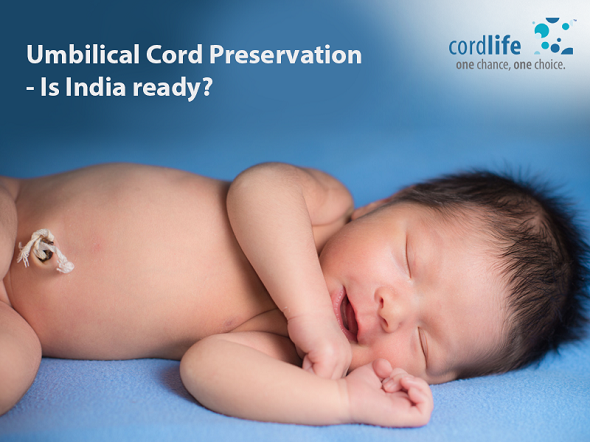Table of Contents
The umbilical cord is a precious resource of stem cells. Mothers-to-be should be made cognisant of the benefits of cord blood before they head into labour.
The successful treatment of several serious diseases is the subject of several realms of research and hours of laboratory testing the world over. Doctors and scientists are grappling with the challenge of finding the ultimate cure to a host of disorders plaguing humans. These include a variety of cancers on one hand and autism on the others.
Hearteningly, there is a way to cure 80 serious disorders and diseases using nature’s simplest remedy: cord blood. The umbilical cord is the biggest and richest source of cord blood among humans. It is relatively easy to collect cord blood after the birth of the baby, and it is a non-invasive procedure that does not harm the mother or the child.
The umbilical cord is composed of the umbilical vein and umbilical arteries that lie within Wharton’s Jelly, a gelatinous thick substance that protects the cord and keeps it supple[1]. The arteries and vein are responsible for the supply and outflow of oxygenated and deoxygenated blood to the baby.
Umbilical cord blood cells are a rich source of haematopoietic stem cells, which can be used to produce red blood cells. Apart from the bone marrow, the umbilical cord blood and even the placenta are rich sources of stem cells.
Unfortunately, the awareness about the benefits of stem cells arising from umbilical cord blood is not as widespread in India as it should be. That cord blood and the stem cells therein can cure a host of diseases in the future is a powerful argument for cord blood collection. If one’s child develops a serious ailment in the future, cord blood cells can actually come to the rescue even at a later stage.
As per a news report in Time magazine, “Experts estimate that 99% of this potentially lifesaving resource gets thrown away postpartum. Unlike the stem cells in human embryos, which can morph into any kind of cell in the body, the stem cells in cord blood have their futures largely mapped out, as blood, brain, liver or heart-muscle cells, for example.”[2]
At the moment, doctors are using cord blood to treat people suffering from sickle-cell anaemia, immunodeficiency disorders, cancer, bone marrow failure and genetic ailments that require transplants.
Umbilical cord stem cells can be used for both autologous and allogeneic transplants and therapy. However, cord blood cannot be used in all autologous treatments. Cord blood stem cells are said to be biologically younger and more flexible than adult stem cells taken from the bone marrow.[3]
[1] ‘Definition of Wharton’s Jelly’, www.medicinenet.com
[2]Rochman, Bonnie, ‘New postpartum trend: Mailing in your cord blood’, Time,
July 26, 2010
[3]FAQs, Cord Blood Registry, http://www.cordblood.com
